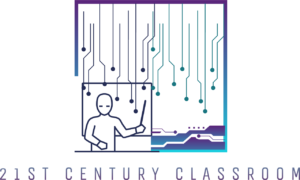In an era marked by the relentless evolution of software applications, the importance of robust software testing training cannot be overstated. As technology advances and applications become more intricate, the need for skilled software testers grows. This blog explores a pivotal element in the training process – real-world simulations – and their role in cultivating effective software testing skills.
II. The Challenges of Software Testing Training
Modern software systems pose unprecedented challenges for testing professionals. The rapid pace of technological change and evolving methodologies necessitate a training approach that goes beyond theoretical understanding. Software testing training must address the need for practical, hands-on experience to prepare testers for real-world scenarios.
III. Understanding Real-world Simulations
Real-world simulations involve creating lifelike scenarios that mimic the challenges software testers encounter in their day-to-day work. This approach allows trainees to apply theoretical knowledge in a practical setting, fostering a deeper understanding of the testing process.
IV. Benefits of Real-world Simulations in Software Testing Training
Real-world simulations offer a myriad of advantages, including the application of theoretical knowledge in a practical context, the development of critical thinking skills, and the establishment of a crucial bridge between classroom learning and the complex realities of software testing.
V. Key Features of Effective Real-world Simulations
For real-world simulations to be effective, they must be interactive, providing hands-on experience. Simulations should present realistic scenarios and challenges, catering to different skill levels within the training audience.
VI. Case Studies: Successful Implementation of Real-world Simulations
Examining organizations that have embraced real-world simulations reveals positive outcomes in terms of improved software testing skills. These case studies underscore the transformative impact that realistic training scenarios can have on preparing testers for the challenges they will face in their professional roles.
VII. Best Practices for Incorporating Real-world Simulations
Successful integration of real-world simulations into software testing training involves careful planning. This section outlines best practices, including seamless integration into existing training programs, collaboration with industry experts, and the implementation of continuous assessment and feedback loops.
VIII. Future Trends in Software Testing Training
Looking ahead, the blog delves into emerging technologies shaping the future of software testing training. It emphasizes the importance of staying updated in this dynamic field and speculates on potential advancements in real-world simulations.
Takeaway
The incorporation of real-world simulations stands as a cornerstone in effective software testing training. By providing a bridge between theory and practice, simulations prepare testers for the multifaceted challenges of modern software testing, ensuring they are well-equipped for success in the ever-evolving tech landscape.

